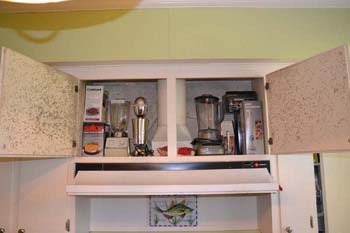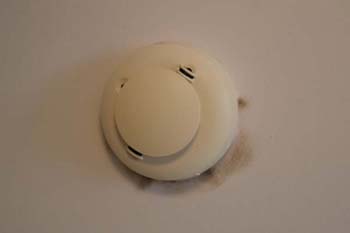The owners of a residence in Augusta, Georgia reported persistent mold growth in various locations throughout the home. The owners suspected that the cause of the mold was related to the HVAC systems serving the house. The EIS engineer assigned to the project was tasked with performing a site inspection and evaluation of the home’s HVAC systems to determine if they were to blame.

The home exhibited evidence of microbial growth in multiple locations including in a kitchen cabinet, along the edge of the door to the attic area, around outlet and light-switch covers, and around smoke detectors. The common characteristic between these areas was that all were a path of infiltration from the exterior of the house to the interior. The kitchen cabinet exhibiting the microbial growth had a kitchen exhaust duct running through it; the duct was not sealed and had several apparent leaks. The attic area was an unconditioned space and the electrical junction boxes to the outlets, light-switches, and smoke detectors were all cut into the gypsum board wall, providing a path for air infiltration into the house. Similarly, the small gap between the attic door and the door jamb provided a path of infiltration.

The air-conditioned interior of the house caused the walls, doors, switch and outlet covers, and kitchen cabinets to be cooled to a temperature at or near the interior air temperature. In the high humidity of the summer, the air infiltrating into the house would have had a very high dew point temperature. When the dew point of the infiltrating air was greater than the temperature of the walls, switch and outlet covers, and the kitchen cabinets, the moisture in the infiltrating air would condense on the objects. The resultant wet areas provided a favorable condition for microbial growth.


